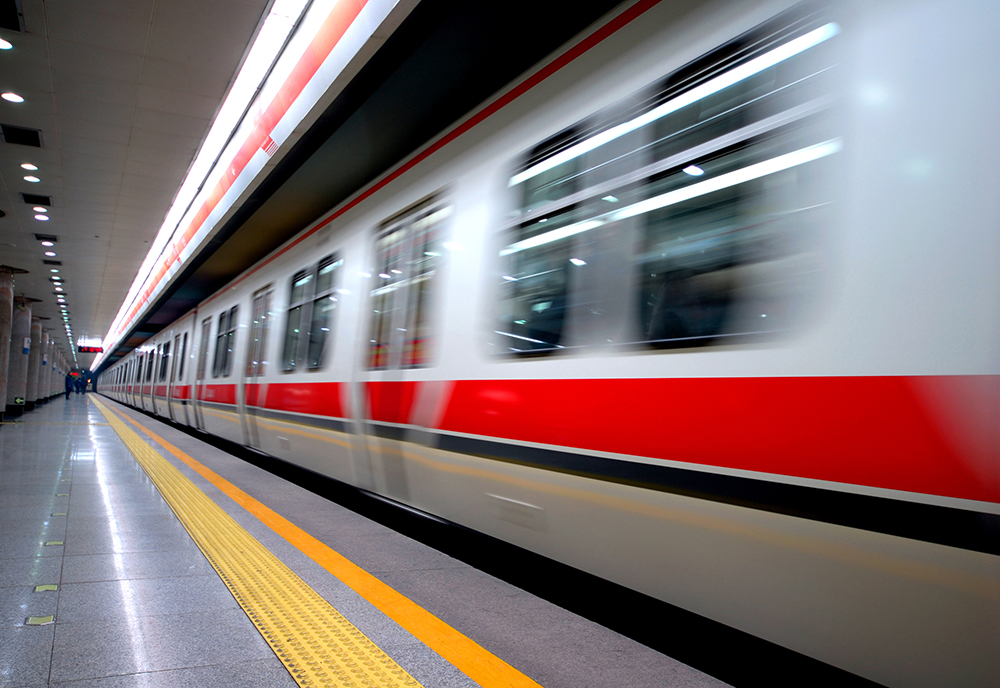
Subway lighting is an essential component of metro lighting design. There are several factors to consider when designing the lighting for subway systems. The primary goal is to create a safe and comfortable environment for passengers, while also reducing energy consumption and maintenance costs.
One of the most crucial considerations for subway lighting is the type of lighting fixtures to be used. LED lights are often used because they are energy-efficient, long-lasting, and require little maintenance. They also offer a high level of color rendering, which is essential for visibility and safety.
Another critical aspect of subway lighting is the placement and distribution of light fixtures. Subway tunnels are generally narrow and confined spaces, which can make it challenging to distribute light evenly. Lighting fixtures must be strategically placed to provide adequate illumination without creating glare or shadows.
All in all, subway lighting must also be designed to be compatible with the unique operating features of the subway system. For example, subway lighting must be designed to withstand high levels of vibration, dust, and humidity, which are common in subway tunnels.